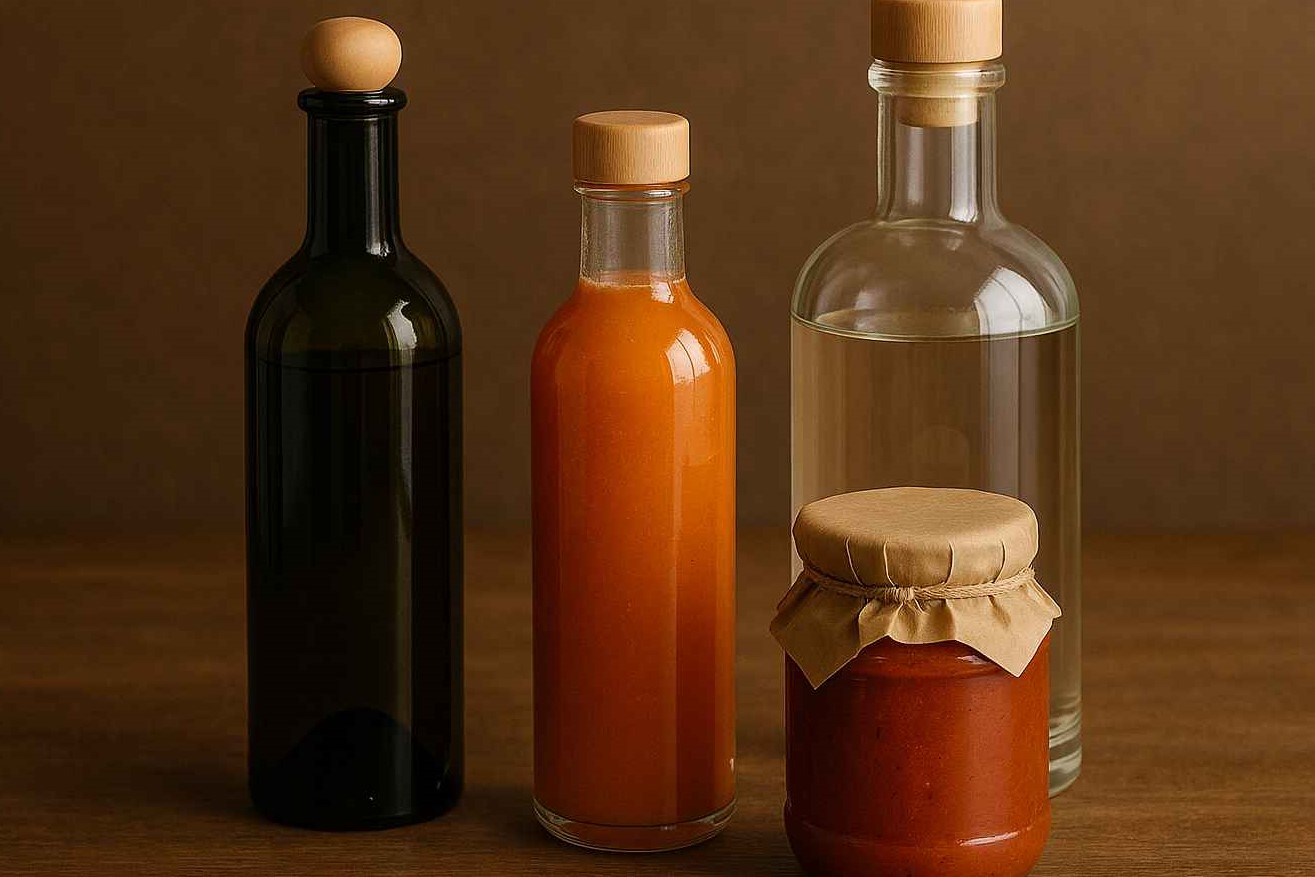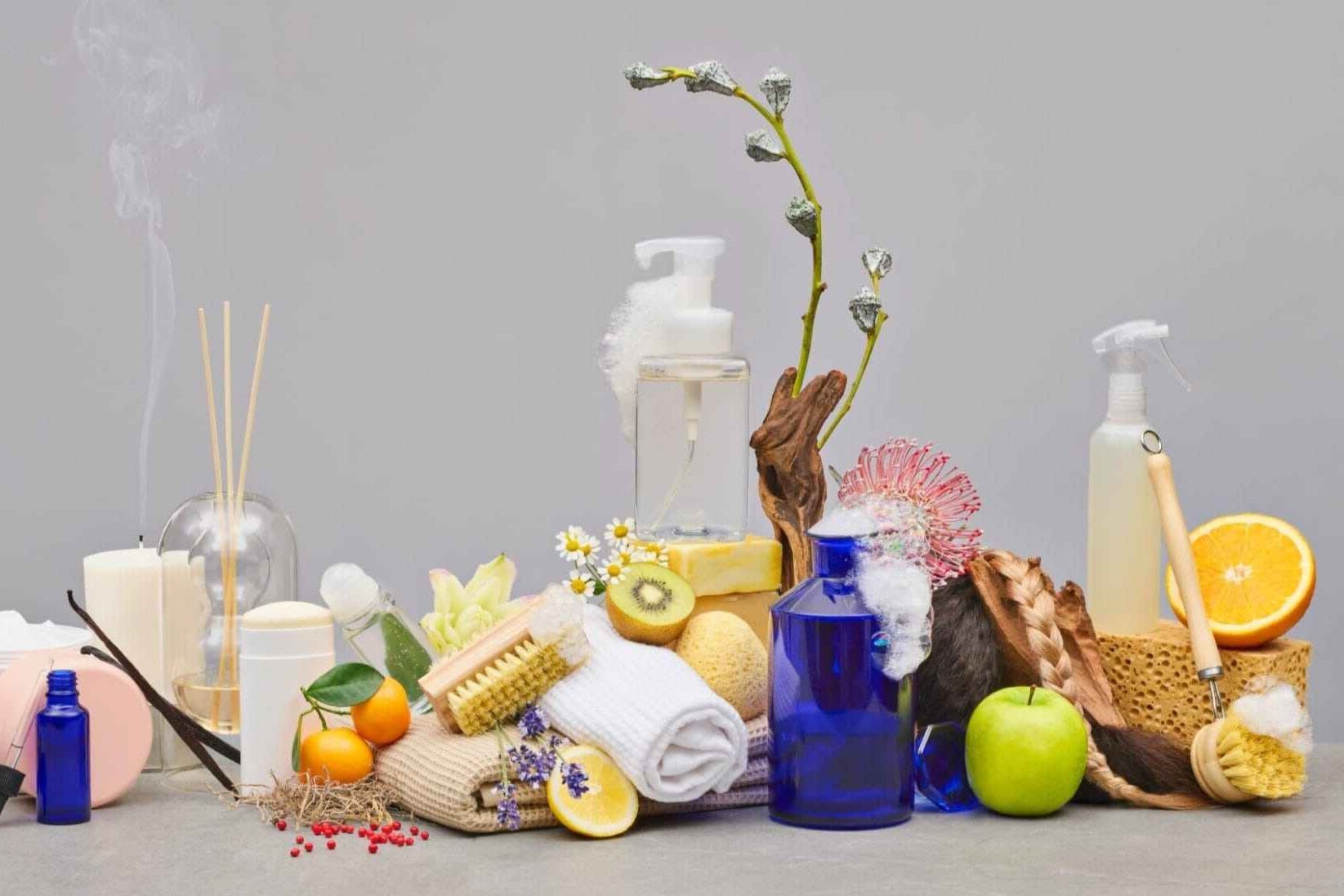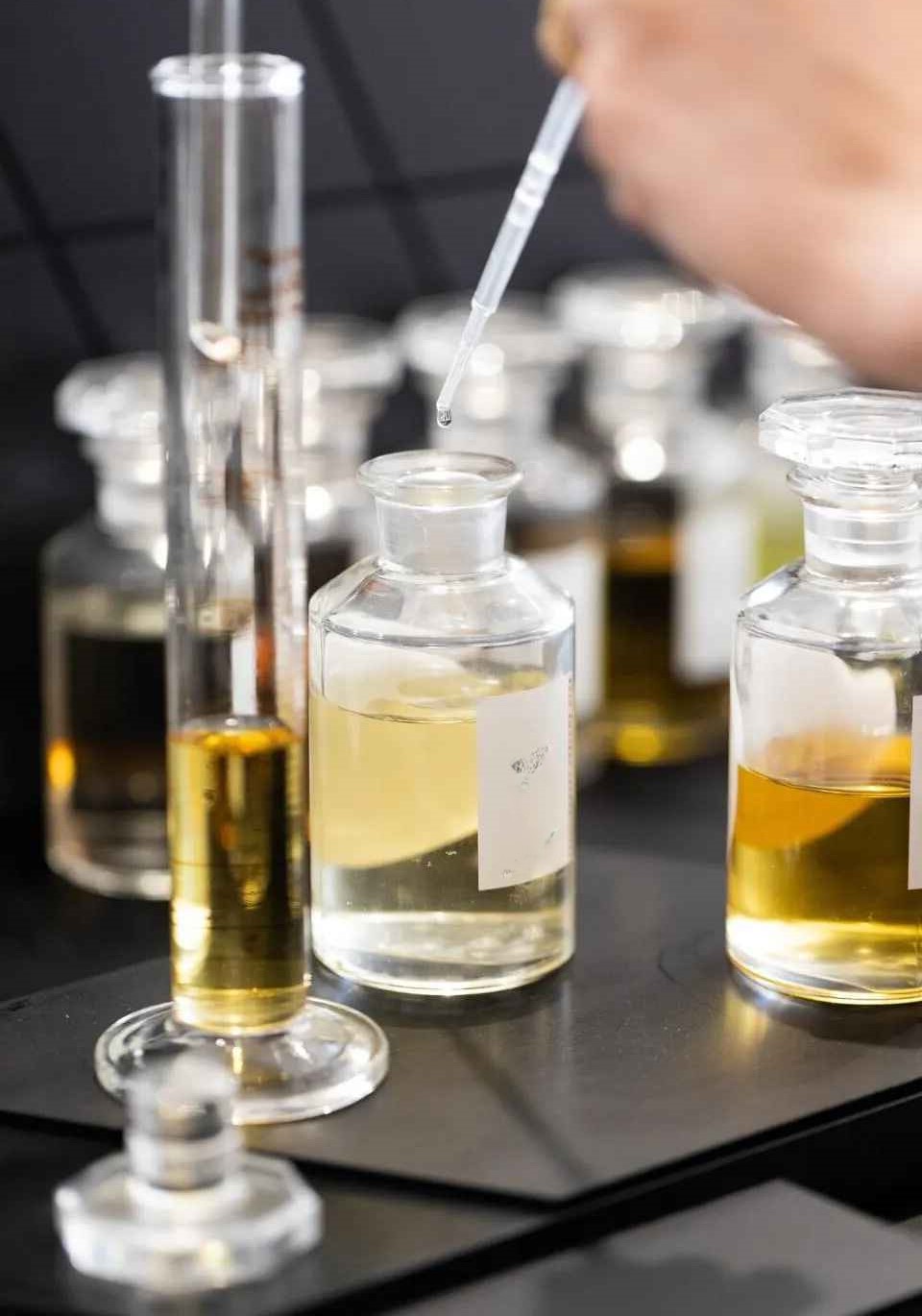



You want drinks that taste better, smell fresh, and keep customers coming back. You also want less rework, fewer off-notes, and a clean compliance trail. Aroma is how we get there. In beverages, “fragrance oil” usually means food-grade aroma systems—flavor oils, emulsions, or microencapsulated volatiles designed for ingestion. That’s our lane at I’Sc ent (yep, that’s us): a custom supplier with 20+ senior perfumers, 40,000+ formulas, and fast turnarounds for real-world, scale-ready projects. Samples in 1–3 days; production in 3–7 days; 5 kg low MOQ for stock bases (custom runs usually 25 kg). We’re IFRA, ISO, GMP, and Halal certified, and our ERP keeps every batch fully traceable. Replication accuracy? Up to 98%.
If you build food or drinks, here’s the short pitch: use aroma as a design tool, not a decoration. It lifts sweetness, hides bitterness, stabilizes the top note, and sets a powerful first-sip expectation. It ain’t magic, it’s sensory science.
Food & Beverage fragrance oil • I’Scent homepage • OEM/ODM fragrance oil manufacturer • Food & Beverage aroma systems • Custom fragrance oil
Let’s clear terms. For beverages we use food-grade aroma systems—not candle oils, not cosmetic bases. Think flavor oils, O/W emulsions, or spray-dried microcaps validated for ingestion and labeled per region. We work under FEMA GRAS flavor safety frameworks and IFRA guidelines where relevant; production runs align with ISO/GMP; docs include TDS/COA and allergen statements. The point is simple: your compliance team should sleep well.
Quick note: If you’re targeting a Food & Beverage line, start here: Food & Beverage fragrance oil. We tailor citrus, vanilla, tea, cola, bakery-style, and more.
We all battle added sugar. Here’s the good news: congruent aroma—vanilla with chocolate milk, ripe strawberry with yogurt drinks, orange zest with citrus sodas—amplifies perceived sweetness. In controlled studies, teams often achieve double-digit sugar reductions (commonly 10–30%) while preserving overall liking. Some dairy and RTD use cases go even deeper (context matters).
Why it works: your brain stitches smell + taste into one flavor. Cue the right aroma, and sweetness feels higher even when Brix drops. Less syrup, similar “yum.” Win for taste, label, and cost of goods (I know, we won’t crunch numbers here).
How to execute
Food & Beverage aroma design • I’Scent support
Two ways we smell:
Retronasal is the workhorse for sweetness lift. We design the headspace (first sniff) and the retronasal trail (in-mouth bloom) so the sip delivers a complete story: a bright pop, a smooth mid, a soft finish. Vanilla, caramel, and some lactones scream “sweet” to the brain even at lower sucrose. It just… feels sweeter. Kinda wild, but measurable.

Oil and water still don’t love each other. That’s why beverages lean on:
What matters
We keep the flavor house and the plant in the same room (figuratively). You get trials that work on pilot and don’t fall apart on a hot Tuesday at the filler.
Food & Beverage flavor emulsion • I’Scent
CO₂ pushes aroma into the headspace fast (great for “first sniff”). It also adds trigeminal bite, which can mask or boost certain notes. Higher Brix and viscosity tend to hold volatiles; acids change top-note trajectory. Translation: the same lemon oil smells brighter in a seltzer than in a thick smoothie base.
Practical tips

Plant proteins, botanicals, adaptogens, electrolytes—love the claims, hate the taste drift. Off-notes show up as beany/green, earthy, metallic, caffeinic bitter. Aroma can redirect attention and mask the rough edges.
Masking playbook
We’ll run quick A/Bs with your actual base, not just water models. Real base or it doesn’t count.
Bakery-style inspirations • Food & Beverage fragrance solutions
Flavor starts before the sip. Store and event ambient scent improves mood, dwell time, and product evaluation when the scent is simple and congruent (citrus near citrus, bakery near bakery). For D2C and convenience channels, opening aroma from the package (food-safe approaches only) boosts first-use satisfaction and brand memory.
Tactics
Retail scenting ideas • Tailored Food & Beverage scents
| Claim / Mechanism | Typical Range or Signal | Best-Fit Scenario | Notes |
|---|---|---|---|
| Odor-induced sweetness enhancement | ~10–30% perceived sugar reduction with congruent aroma while holding liking | RTD dairy, tea, citrus soda, flavored water | Validate with JND mapping + triangle tests |
| Retronasal integration | Stronger sweet perception when aroma blooms in-mouth | Still and lightly carbonated drinks | Design top/mid/base release curve |
| O/W flavor emulsion stability | Finer droplets → better headspace + haze control | Clear seltzer, “cloudy” citrus, energy | Watch pH, shear, and line heat |
| Spray-dried microcaps | Improved heat/oxygen resistance; cleaner line runs | Hot-fill tea, shelf-stable juice | Great for sensitive terpenes |
| Off-note masking | Reduced bitterness/green/metallic perception | Plant protein shakes, caffeine RTDs | Vanilla/citrus/cola clusters work well |
| CO₂ effect | Faster top-note release; trigeminal “bite” | Sparkling water & soda | Adjust top note and acid balance |
| Ambient scent / pack cue | Better first impression, higher intent | Retail, events, D2C unboxing | Keep scent congruent and simple |
(Numbers are typical ranges observed in sensory work; you should confirm in your matrix.)

Need a bakery twist for seasonal drops? We’ve got a deep library of bakery-style aroma directions—donut glaze, cinnamon swirl, lemon loaf. (We supply Wholesale & Custom Bakery Fragrances | Tailored Scents for Your Creations under our food-safe umbrella.) Ping us and we’ll steer the right base.
Bakery fragrances for F&B • Food & Beverage flavor oil
| Capability | What It Means for You |
|---|---|
| 20+ senior perfumers | Real formulation depth; fast ideation cycles |
| 40,000+ formulas | Wide starting points; quicker to “right-first-time” |
| Samples 1–3 days | Rapid learning loops; fewer meetings, more sips |
| Production 3–7 days | Hit promo windows; don’t miss the reset |
| Low MOQ (5 kg stock) | Pilot without warehouse pain |
| Custom MOQ (usually 25 kg) | Serious but flexible scale-up |
| IFRA / ISO / GMP / Halal | Global-ready docs; procurement-friendly |
| ERP traceability | Batch-to-batch reliability, full lot history |
| 98% replication accuracy | Bring a benchmark; we match it, for real |
Why I’Scent for beverages • Start with Food & Beverage
Get started (I’Scent) • Food & Beverage fragrance oil
Smell sets expectation. Expectation steers liking. When you treat aroma as a design system—from sweetness lift to off-note masking, from emulsion stability to pack & ambient cues—you lower sugar, keep flavor pop, and create repeat buys. That’s the consumer experience you want—clean label momentum without a compromise mouthfeel.
If you’re ready, hand us the brief. We’ll bring options in days, not months, dial them in with your base, and scale with proper paperwork. Small typos happen (like this one), but our batches don’t drift.
Talk to I’Scent • Food & Beverage fragrance oil • Custom fragrance development • OEM/ODM fragrance oil & raw materials